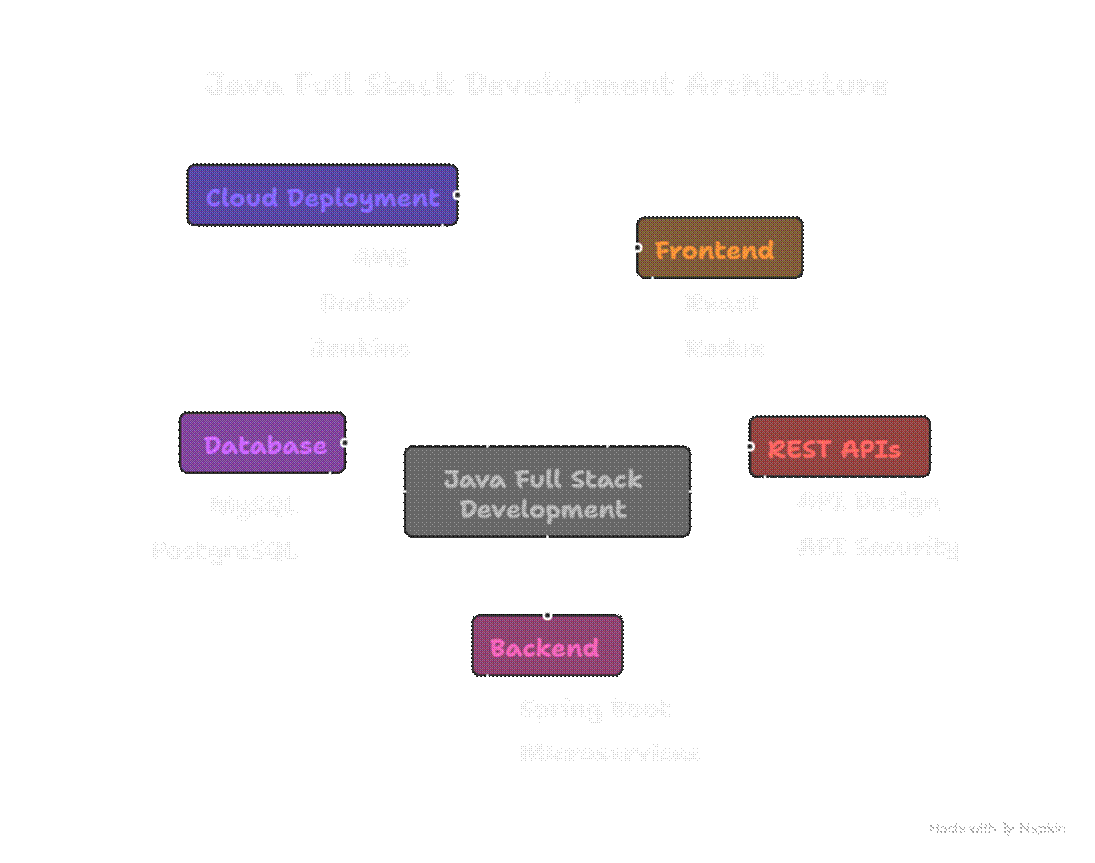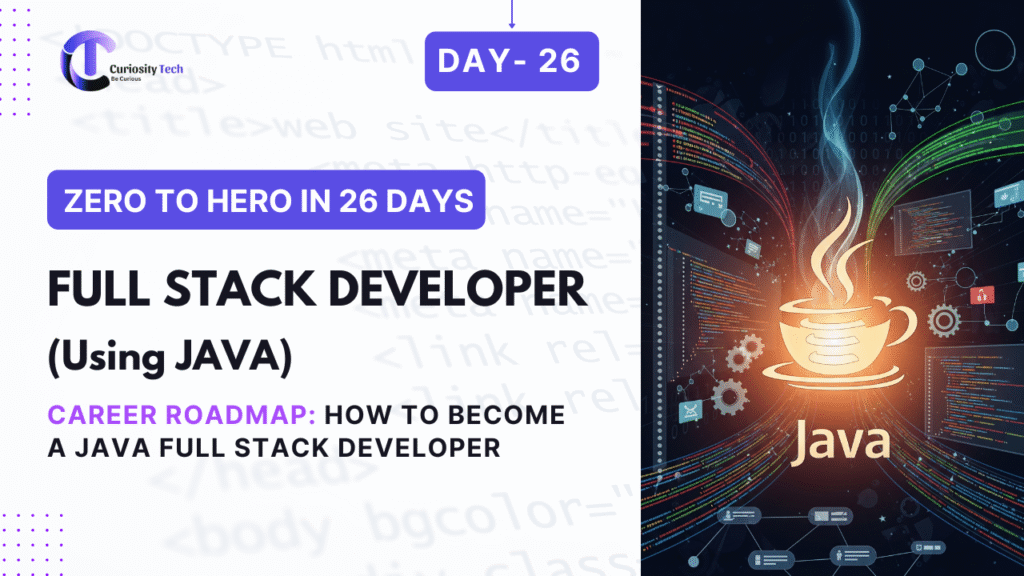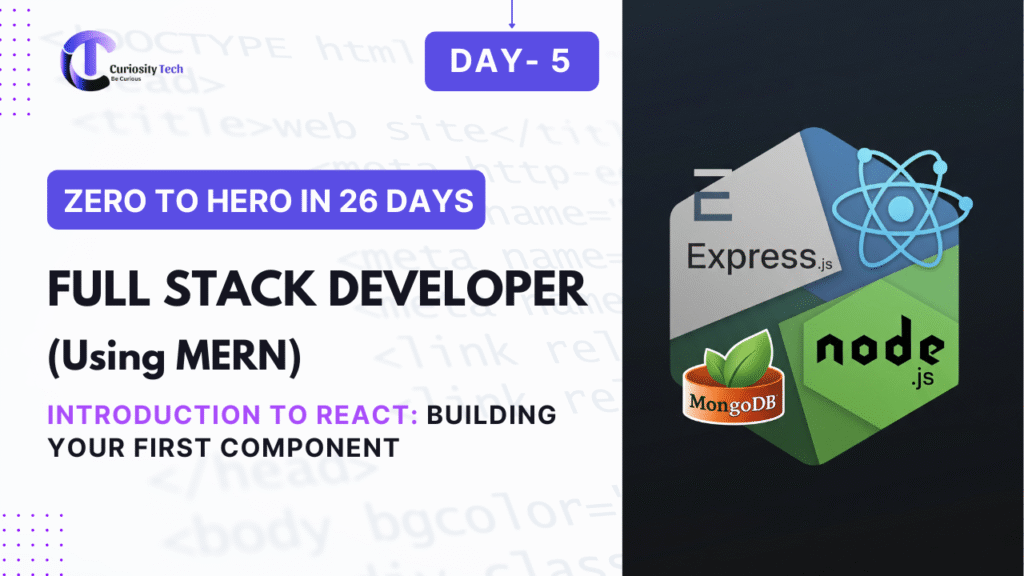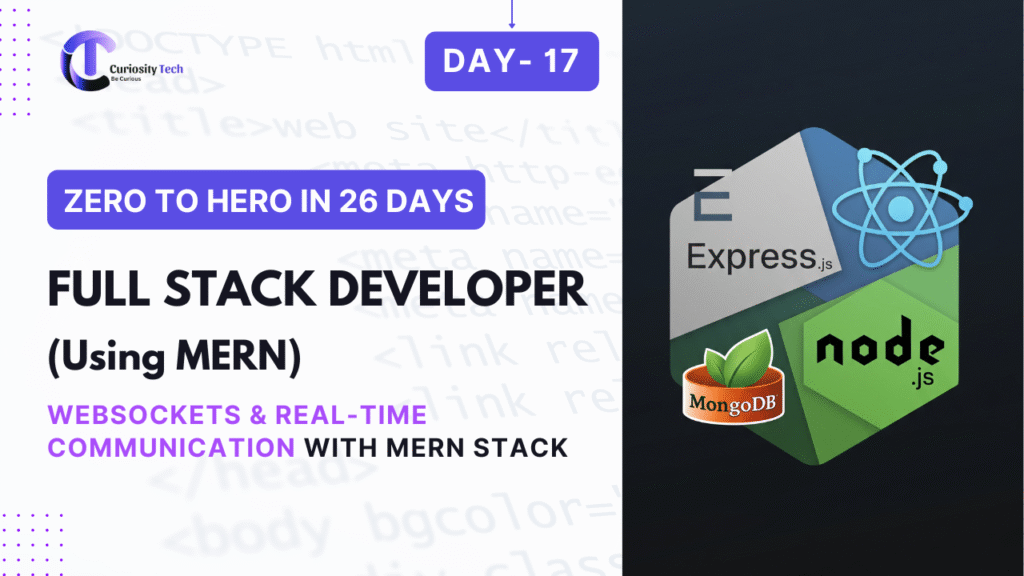Introduction
The final step in your Java Full Stack journey is preparing for interviews. Employers seek developers who not only write clean code but also understand architecture, databases, cloud deployment, and frontend-backend integration.
At CuriosityTech.in, learners are trained to tackle technical interviews, coding challenges, and system design questions, ensuring they stand out in competitive selection processes.
Step 1: Key Areas to Focus On
- Core Java: OOP concepts, Collections, Streams, Exception Handling
- Spring Boot & Backend: RESTful APIs, Dependency Injection, MVC architecture
- Frontend: React, Angular, or Vue.js, state management, responsive design
- Database & ORM: SQL queries, JPA/Hibernate, performance optimization
- Version Control & DevOps: Git/GitHub, CI/CD, cloud deployment
- Soft Skills: Problem-solving, communication, teamwork
CuriosityTech.in emphasizes hands-on mock interviews with real-world scenarios, preparing learners for technical and HR rounds.
Step 2: Top Java Full Stack Interview Questions
1. Core Java
- Q: Explain the difference between HashMap and ConcurrentHashMap.
A: HashMap is not thread-safe and may produce inconsistent data in multi-threaded environments. ConcurrentHashMap is thread-safe, allowing concurrent read and write operations without locking the entire map. - Q: How does the Java Garbage Collector work?
A: The GC automatically reclaims memory by removing objects that are no longer referenced, improving memory management and preventing leaks.
2. Spring Boot & Backend
- Q: What is Spring Boot and why is it used?
A: Spring Boot is a framework for building standalone, production-ready Spring applications with minimal configuration. It simplifies dependency management, auto-configurations, and REST API development. - Q: Explain RESTful services in Spring Boot.
A: RESTful services follow REST principles using HTTP methods (GET, POST, PUT, DELETE). Spring Boot provides annotations like @RestController, @RequestMapping, and @GetMapping for building REST APIs.
3. Frontend & React
- Q: What is React’s virtual DOM?
A: The virtual DOM is a lightweight copy of the real DOM. React updates the virtual DOM first, then efficiently updates the real DOM, improving performance. - Q: Explain state management in React.
A: State can be managed locally using useState or globally using Redux, Context API, or MobX. Proper state management ensures data consistency across components.
4. Database & ORM
- Q: Explain the difference between JPA and JDBC.
A: JDBC is a low-level API for executing SQL queries directly. JPA is a higher-level ORM framework that maps Java objects to database tables, simplifying CRUD operations. - Q: How do you optimize SQL queries in Java applications?
A: Use indexes, limit selected columns, batch processing, and avoid N+1 queries to improve database performance.
5. DevOps & Cloud
- Q: How do you deploy a Java application on AWS?
A: Steps include creating an EC2 instance, installing Java/Tomcat, uploading the WAR/JAR file, and configuring security groups and ports. - Q: Explain CI/CD and its importance.
A: Continuous Integration/Continuous Deployment automates testing, builds, and deployment, ensuring faster and reliable delivery. Tools include Jenkins, GitHub Actions, and GitLab CI/CD.
Step 3: Sample System Design Question
Q: Design a full stack e-commerce application.
A:
- Frontend: React with Redux for state management
- Backend: Spring Boot microservices (ProductService, UserService, OrderService)
- Database: MySQL/PostgreSQL with JPA/Hibernate
- Security: JWT authentication and role-based access
- Deployment: Dockerized apps on AWS with CI/CD pipeline
Diagram:

Step 4: Behavioral & HR Questions
- Tell me about a challenging project and how you solved it.
- How do you handle conflicts in a team environment?
- How do you prioritize tasks when multiple features are pending?
CuriosityTech.in conducts mock HR rounds and coding interviews, teaching candidates how to present their skills confidently.
Step 5: Tips for Success
- Revise Core Concepts: Focus on Java, Spring Boot, and frontend frameworks.
- Practice Coding Questions: Use platforms like LeetCode, HackerRank, and GeeksforGeeks.
- Build a Portfolio: Include full stack projects and cloud deployments.
- Prepare for Behavioral Questions: Share experiences and problem-solving approaches.
- Stay Updated: Keep up with latest trends, frameworks, and DevOps practices.
Integrating CuriosityTech Perspective
At CuriosityTech.in, learners participate in mock interviews, coding challenges, and system design sessions. Students gain confidence in technical and HR rounds, building both skills and interview readiness.
Conclusion
Interview preparation for a Java Full Stack Developer requires technical mastery, real-world project experience, and problem-solving abilities. With structured guidance and practice from CuriosityTech.in, developers can confidently crack interviews, demonstrate expertise, and secure full stack roles in top companies.



